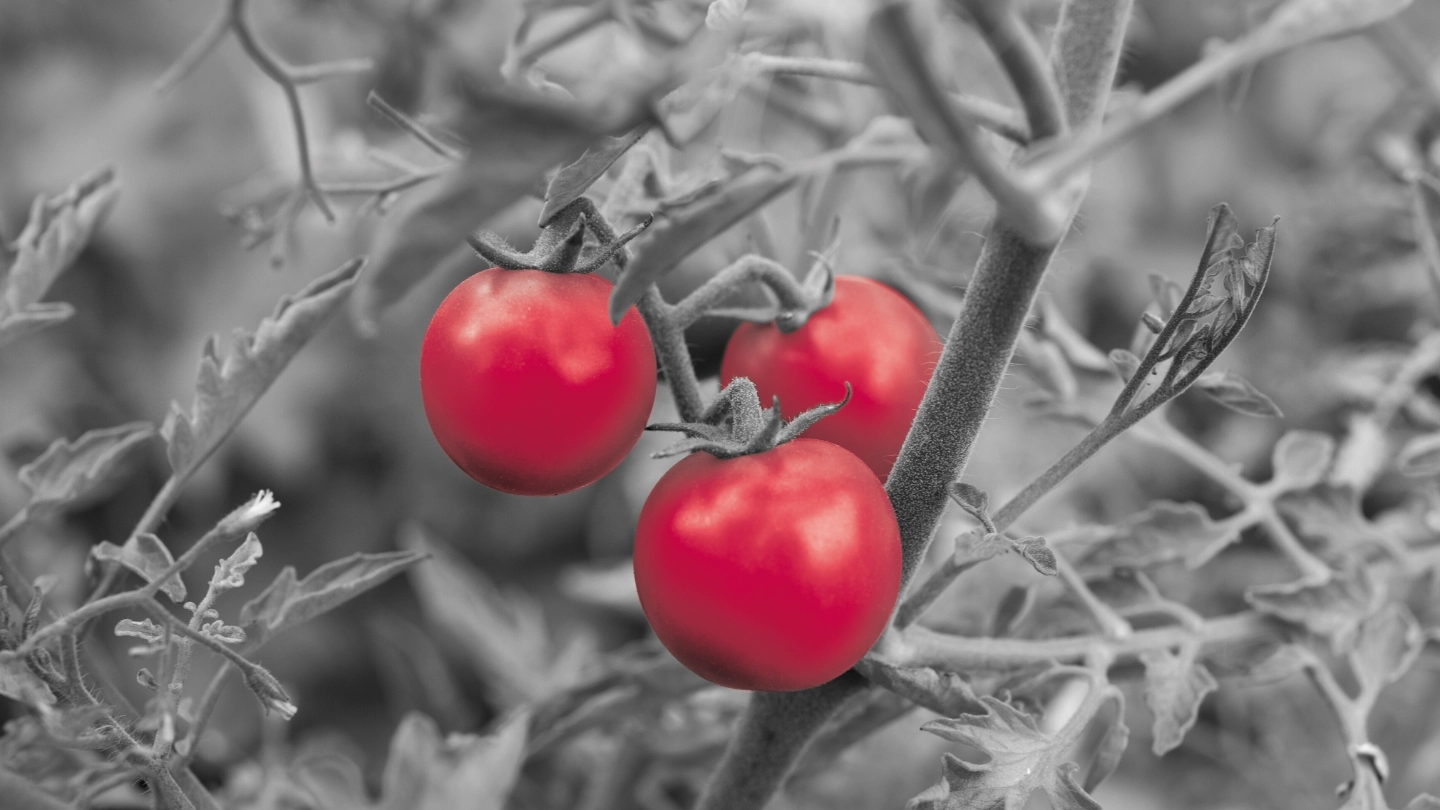Georgios Panzaris, Senior Underwriter of Food and Agriculture at Atradius, looks at the impact subdued consumer demand is having on the sector. Falling demand, next big challenge for food producers Georgios Panzaris, Senior Underwriter of Food and Agriculture at Atradius, looks at the impact subdued consumer demand is having on the sector.
Brexit, the pandemic, poor weather conditions and rising prices… food producers have had to contend with many challenges in recent months and years.
Amid these tough conditions, in the past year, we’ve seen the number of claims for late and failed payments rise by 79% in the food sector and 119% in agriculture.
Labour shortages and high inflation
One of the biggest issues for food producers has been the shortage of labour after Brexit, a problem that was exacerbated by the war in Ukraine.
Although the labour shortage isn’t as deep as it was, it remains a particular challenge for labour-intensive farms or food processors operating in areas where competition for workers is intense. We still see the impact of this shortage of staff in companies’ financials, in the form of diminished revenues and poor margins.
Meanwhile, inflation remains high, with elevated energy, labour, and raw material costs. Producers have struggled to negotiate better terms with supermarkets to tackle these rising costs. However, our recent discussions with companies suggest that cost inflation has started to taper off, providing at least some optimism for the sector.
[Asset Included(Id:1657031117978;Type:AT_Media_C)]
The impact of interest rate rises
High prices remain a challenge, and in June the Bank of England raised interest rates for the 13th time in a row, in a bid to get inflation under control.
These higher interest rates feed into the most recent challenge for food producers: waning consumer demand.
Many people, already struggling with high energy and food prices, now face increases to their monthly mortgage or rental payments.
As a result, the companies we speak with tell us that customers are dropping more expensive branded products and are switching to cheaper alternatives, in an attempt to save money. To take beef as one example, we’re seeing a decline in sales of prime cuts like fillet steaks.
Interest rate rises also have a direct impact on company expenses. In a sector that typically operates on thin margins, with working capital usually financed by invoice discounting facilities and external debt, the double blow of reduced margins and rising interest rates means companies are falling out of compliance with covenants and facing liquidity problems.
At the same time, some supermarkets – which are also facing a squeeze on profit margins – are behaving increasingly aggressively, more regularly dropping contracts with suppliers.
This has all led to company failures, reductions in output, or closures of unprofitable processing units. Examples include the planned closures of poultry processing plants run by 2 Sisters Food Group and Avara Foods.
So, it’s clear that the outlook remains challenging for the sector. We at Atradius continue to underwrite agri-food firms on a case-by-case basis, to aid businesses in having robust and updated financial insight.
Our information and forecasts can help businesses navigate the present risks in supply chains, and our trade credit insurance policy can play a very important role in maintaining a company’s confidence in its trade debtor book.
 United Kingdom
United Kingdom
